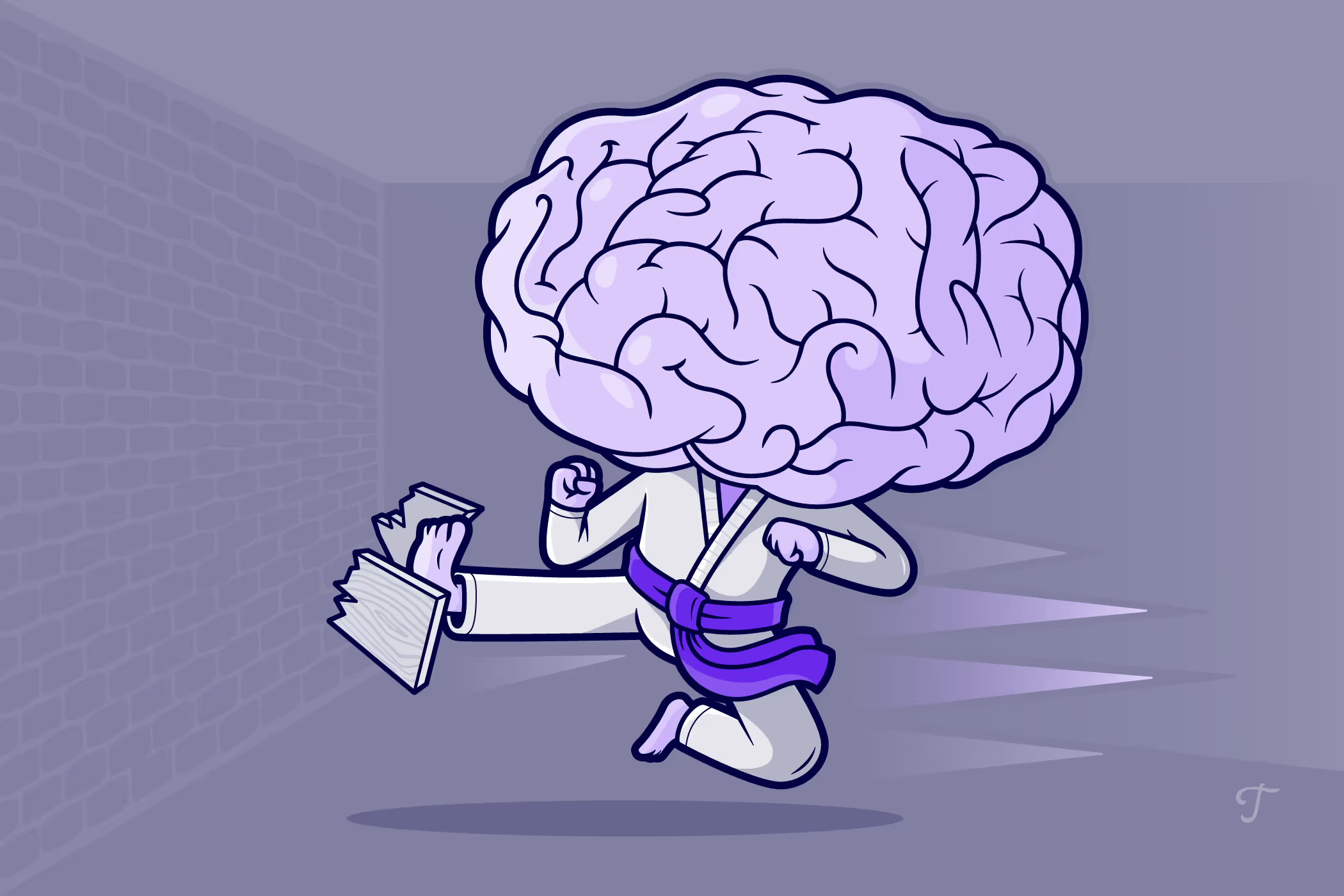
Articles
Training vs. Education: What’s the Difference?
December 13, 2022

Experts are saying that learning is the key to making employees both happier and more productive.
In a recent survey, the opportunity to learn and grow was identified as the second most important factor in workplace happiness. Because learning is so important, businesses across industries are working to give employees more opportunities to do it.
Understanding the basics of learning processes is the best way to fully revamp your learning and development initiatives so that you can incorporate the right tools and strategies for specific goals.
This is usually where businesses mix up the principles of education with those of training.
But what makes education different from training?
Thought you’d never ask. Below, a guide to the key differences between training and education. That way, you can make them both an effective part of your business growth strategy.
Okay, but isn’t this just semantics?
Not really.
Well… sort of.

Your employees may not notice the difference in the subject line of an email you send about upcoming education initiatives or staff training, so in that sense, it is semantics.
But from a planning standpoint, it’s much more than that. It’s an important distinction for any business to make. If you want to tailor your learning strategies to your employees, you need to know what makes training different from education — and how the two are compatible.
Here’s the TL; DR.
Training is about learning to do something, while education is learning to know something. There’s room and reason for both in a business, so let’s get into more detail about each.
What’s training?
Training is the process of learning a skill or behavior. It’s the pursuit of ability, and it usually involves hands-on instruction. You are given applicable processes or strategies that you can apply directly to your day-to-day tasks.
For example, trained skills include how to create a spending report, operate equipment or machinery, or how to use company software.
Training can occur in a variety of settings, but it’s typically narrow in scope and involves practical application. You may even see this as teaching someone standard operating procedures (SOPs).
Training prepares you for your current job. The purpose of training is usually to improve metrics like performance and productivity. If you’re training someone else, your measures of success might look at whether or not they performed the action correctly and how quickly they performed it.
What is education?
On the other hand, education is the process of acquiring knowledge. Rather than knowing how to do something, education is gaining exposure to theories, concepts, or principles. You are being given knowledge that you can use to develop yourself and your future career.
Education might include sharing how to develop and maintain company culture, problem-solving philosophies, or best practices for team conflict. While training can occur on the job, education is typically delivered in a dedicated learning environment. It’s usually wide in scope and pertains to abstract concepts.
Education is meant to be applied now, but it also helps employees develop themselves for future roles. The purpose of education is meant to improve judgment or reasoning in a position. In a work setting, this may include exposing employees to case studies and best practices, offering them a leadership course, or helping them attain a university degree.
.gif)
When do I use either?
You’ll likely use both in your business, as they’re vital to success. For new staff, there will be a lot of training, while experienced staff may receive more education for their role. Training sets the foundation, while education can fine-tune and help your staff grow. Both are meant to create competent employees, but they play very different roles.
For example, training is useful for updates to your SOPs. This is because you want employees to develop an understanding of the process and the skills associated with it. You would use education for learning and development (L&D) initiatives, as these are geared more toward concepts and career development.
Incorporating both training and education into your workplace are great steps toward improving employee retention and satisfaction! It doesn’t have to be formal training or meetings; it can also happen through mentorship, e-learning platforms, or shadowing.
Make the best of both worlds
Use a knowledge base to help streamline both.
Training and education are both important in any business, and you should strive to be in the middle of that Venn diagram. Setting aside the time to engage in these opportunities can seem like a cost that outweighs the benefits, but if you make use of a knowledge base, there’s no real need to make a trade-off.
With the value of microlearning and just-in-time learning, having a solid knowledge base is more important than ever. E-learning is low-stakes and easy to incorporate into your existing training and education programs. Plus, its accessibility is perfect for the practical side of both, allowing employees to take learning into their own hands.
.gif)
Knowledge retention is important, but it’s not always a fair or dynamic measure of employee competency, especially if they’re not given a chance to apply that knowledge on a regular basis.
Creating the opportunity for employees to refresh their memory when the time to apply a new skill comes around is the best way to reap the benefits of using a knowledge base to help with learning efforts.
The right tools make success possible.
A centralized platform for learning is great for your business, but there are plenty of other amazing tools that can supplement your training, too.
It’s important that you document all of your knowledge, new and old, so nothing is ever lost. This all starts with having a good knowledge transfer system.
But first, you should make sure that you're documenting SOPs, org charts, and case studies — they’re going to help you create more robust learning procedures. The more you make your learning tools available and accessible to your employees, the better they’ll be able to tackle learning tasks.
These tools help with knowledge retention and knowledge sharing, both of which are essential to great training and education programs. Knowledge-sharing tools make it easy to capture explicit knowledge and implicit knowledge, both of which are vital in practice.
If you’re making full use of digital tools, why not take advantage of asynchronous learning for remote employees? Learning can be recreational and at their own pace, which gives them added flexibility at work.
Make learning a part of your company culture
More and more employees want development opportunities, and learning is becoming a vital part of the workplace.
Your business should be geared to make training and education programs robust, engaging, and fruitful.
It’s important to find effective ways to keep your employees excited about both. If you’re looking to make learning a key part of your company culture, you may want to consider updating your business playbook and investing in the right digital learning tools.
Similar Blog Posts










